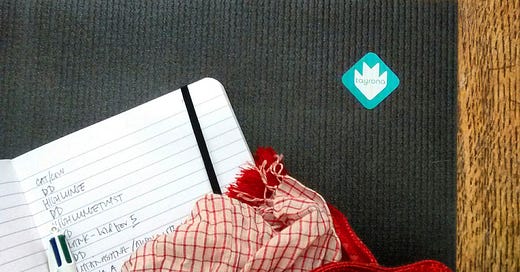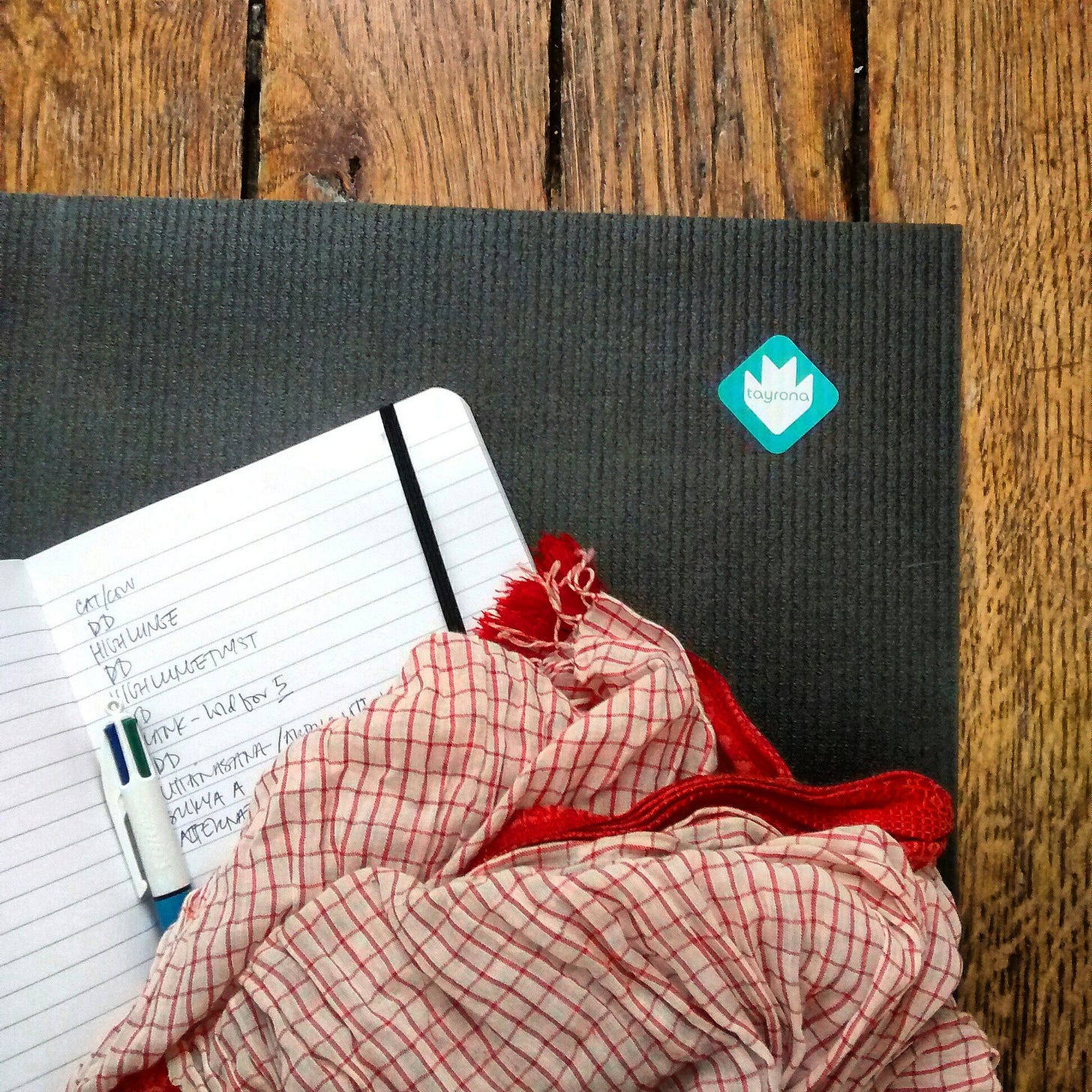Feel the Practice
How shutting off the recording brain can help you more deeply transcribe the yoga onto your body…
At the beginning of Nikki Costello’s Teacher’s Practice in Paris a while back, she noticed all of us yogis and yoginis gathered in front of her with our pens, notebooks and silent phones.
She then said something startling to modern yoga ears:
She asked us to put all of our accessories away, and simply FEEL the practice.
Often times when dedicated students and teachers get together, they are so excited about learning new things — for themselves, for their future classes — that they spend more time writing down or photographing what’s being taught than actually feeling it. As Nikki pointed out, once you step out of the experience of doing yoga to record it, you bypass the physical in favor of the intellectual. You end up prioritizing mind over body, essentially undermining the intelligence inherent in ACTION.
Hit pause
It was a fascinating exercise — shutting off the recording brain in order to more deeply transcribe the yoga onto our bodies. In many ways, it was exactly as Nikki described: by focusing on the outermost layers of our physical being (all of our “embodied” bits like skin, muscles, tendons, ligaments, bones, etc,) we began to feel — not think about — what was happening on a more subtle level. This doesn’t mean that we were able to do elegant parivrtta parsvakonasanas. Far from it! (And good thing no one was taking pictures 😝) It means that while we were in the pose, we were more attuned to how it felt.
This exercise was also a concrete illustration of the concept of Samskaras, those karmic grooves — both mental and emotional — that inform our behavior patterns as well as our physical habits. On our first attempts at parivrtta parsvakonasana, many of us slipped into our same old grooves of “need a block here or maybe two, now gotta crank the twist over here, shit, now we have to ratchet our arms upward without straining our necks…” The second time, we let our bodies evolve the pose from the legs up, without forcing, without overthinking every step, all the while wobbling and looking clumsy however feeling more ease in the pose than before. Was this a reworking of a negative Samskara? Or was it the transcribing of a new one?
Perhaps Samskaras are not fixed in concrete, after all. Maybe they are channels carved in clay or wax, meant to be formed, reformed and shaped over time. From this point of view, Samskaras are no longer these impossible-to-escape ruts holding us captive, but instead the way in which each of us engages yoga to continually write, sculpt and refine ourselves and our path.
Each time we unroll our mats to practice, we are imprinting the yoga practice physically, moulding its shapes and movements into our bodies and minds.





